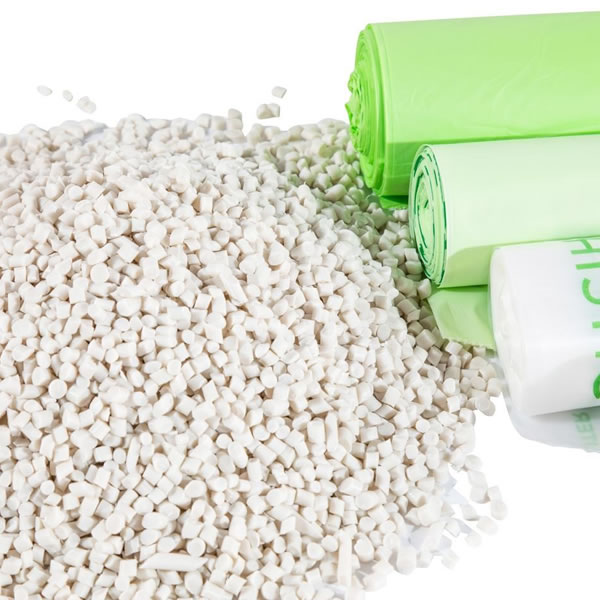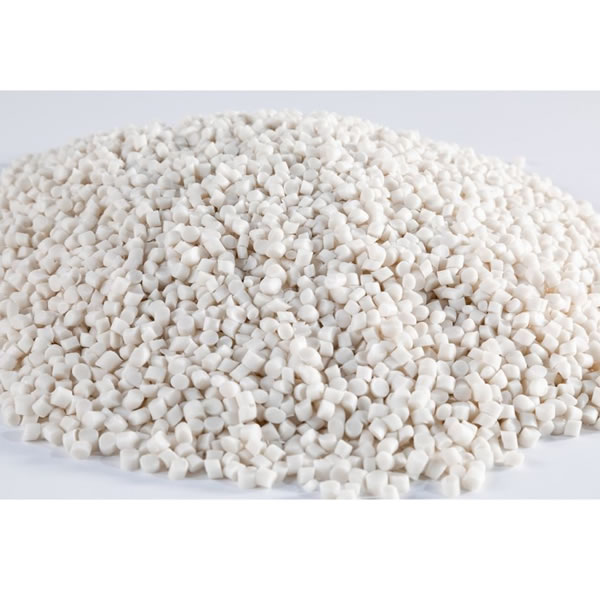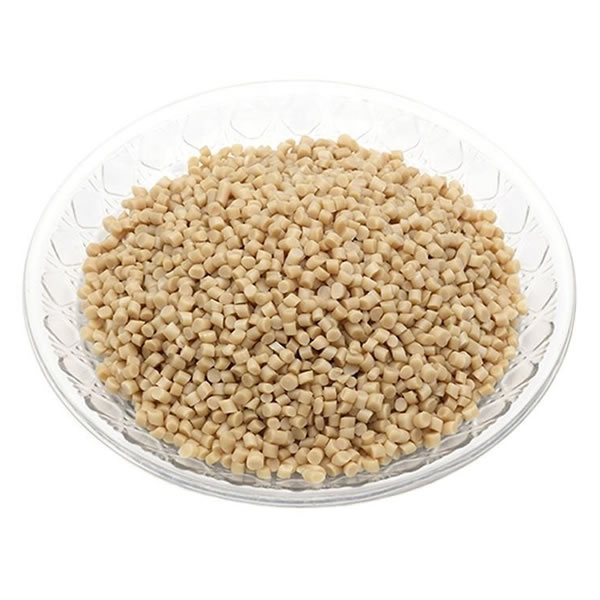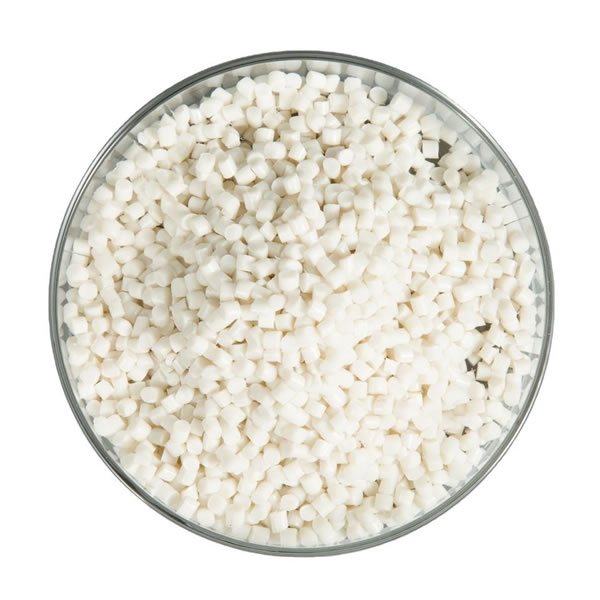Knowledge
What is the difference between compostable and biodegradable?
If a material is compostable it is automatically considered as biodegradable and can be recovered in a composting process. A biodegradable material will break down under the action of micro-organisms, but could leave residues after one composting cycle and no guarantee for toxic residues can be given. Therefore a biodegradable material cannot automatically be considered to be compostable before proof of its compostability has been given according to existing standards (EN13432).
The term biodegradable is very often misused in marketing and advertising of products and materials that are not actually environmentally friendly. This is why BioBag more often uses the term compostable when describing our products. All of BioBag’s products are third-party certified compostable.
Are BioBags home compostable?
Home compostability is different from industrial compostability for two main reasons: 1) the temperatures reached by the waste inside the home composting bin are usually only a few centigrade degrees higher than the outside temperature, and this is true for short time periods (in industrial composting, the temperatures reach 50°C – with peaks of 60-70°C – for a number of months); 2) home composting bins are managed by amateurs, and the composting conditions might not always be ideal (in contrast, industrial composting plants are managed by qualified personnel, and kept under ideal working conditions). BioBags, most commonly used for managing waste are certified as “home compostable”, as they biodegrade at the temperature of the environment and in a home composting bin.
How long does it take for BioBags to start disintegrating in a landfill?
The conditions found in landfills (non-active, sealed landfills) are generally not conducive to biodegradation. As a consequence, Mater-Bi is expected not to contribute significantly to biogas formation in a landfill. This has been shown in a study carried out by Organic Waste systems.
















